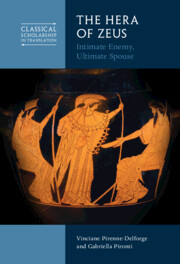Introduction
Published online by Cambridge University Press: 19 January 2022
Summary
In 1864 a piece of masonry half hidden in the soil attracted the attention of a scholar and member of the Institut de France who was visiting the island of Thasos. In one of his letters he mentions a ‘funerary bas-relief’ depicting a figure seated on a throne, next to another who is standing up. There were several further mentions of this piece in the intervening years, but finally in 1911 Charles Picard began the excavation of the remains on the island under the auspices of the French Archaeological Institute, and he completely uncovered the piece of stone. When this was done, it turned out not to be a free-standing funereal stele but a monument which was built into one of the gates of the city. It shows a seated deity holding a sceptre, and next to it a winged figure who is about to leave. Picard thought that the seated figure was Zeus and the winged one Iris or Eileithyia, and the reason he gave for this attribution was that the full image shows a small building, perhaps a shrine, in which the bas-reliefs of the two figures are located; however, above the apex of the pediment of this building an eagle is clearly depicted. In addition, the seated figure seemed to him too masculine to be a goddess, as some of his predecessors had thought. Several decades later, the column forming the other jamb of the gate was uncovered.
- Type
- Chapter
- Information
- The Hera of ZeusIntimate Enemy, Ultimate Spouse, pp. 1 - 12Publisher: Cambridge University PressPrint publication year: 2022

